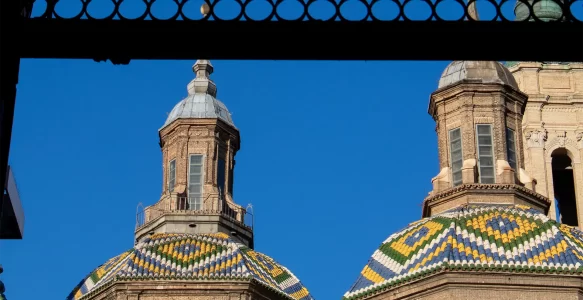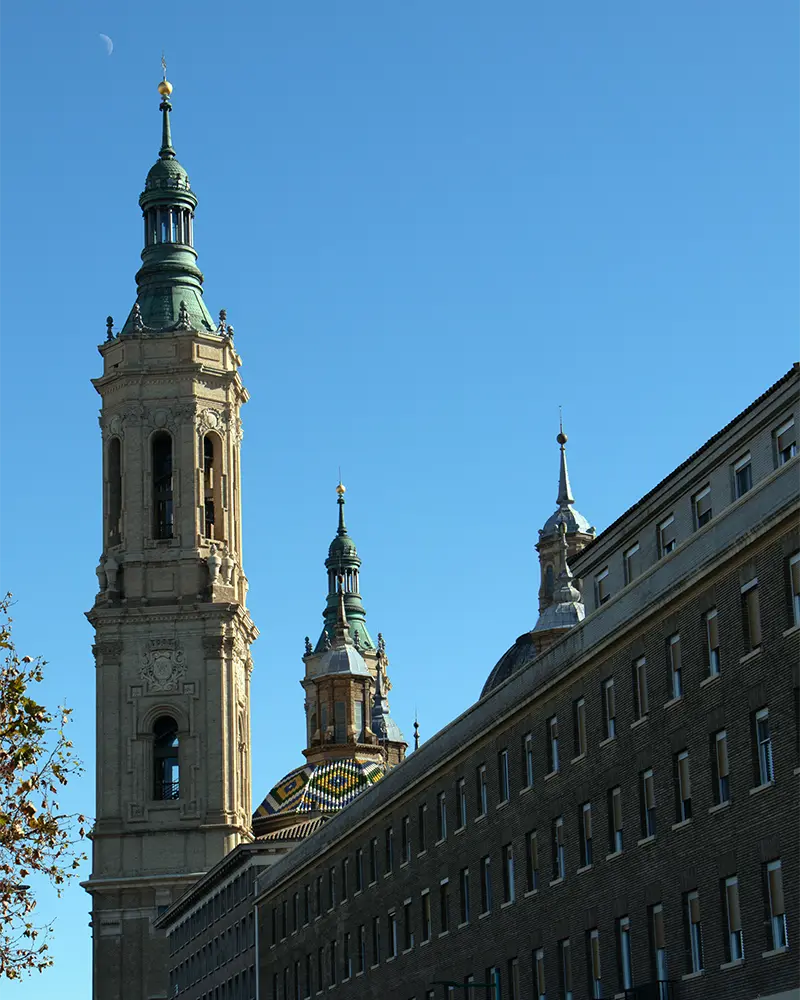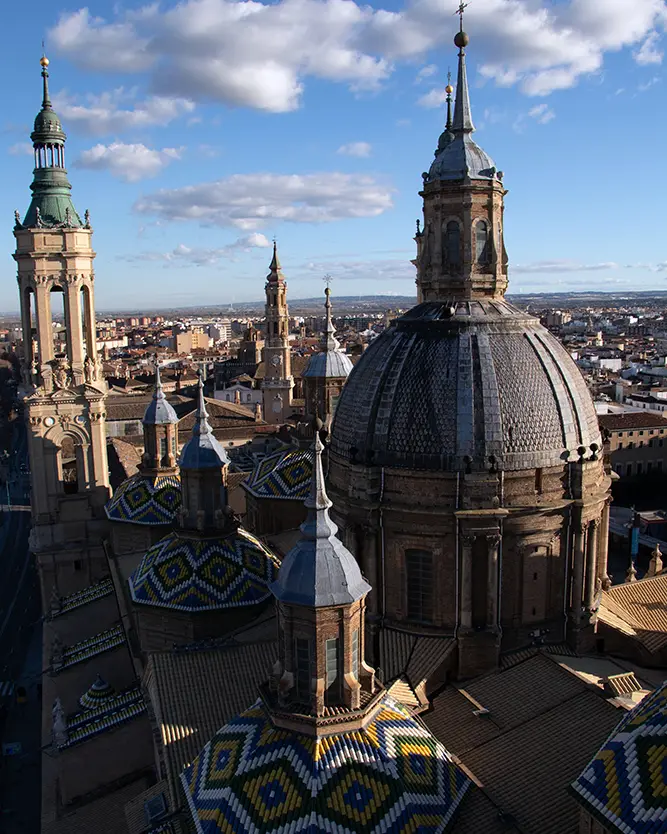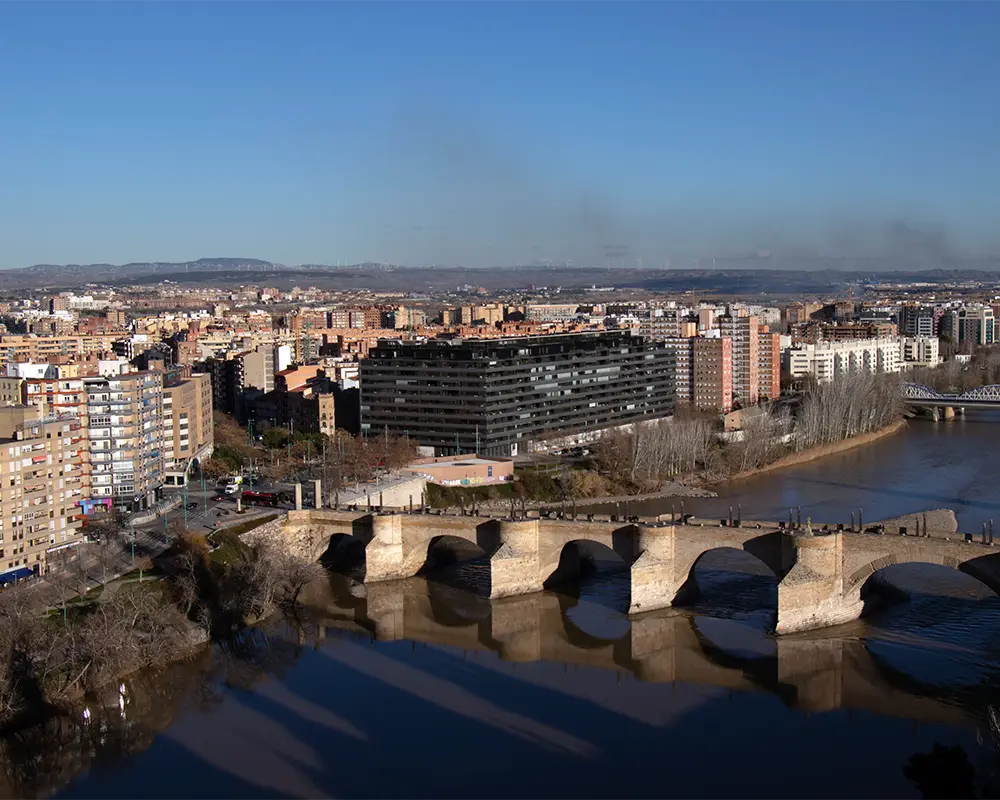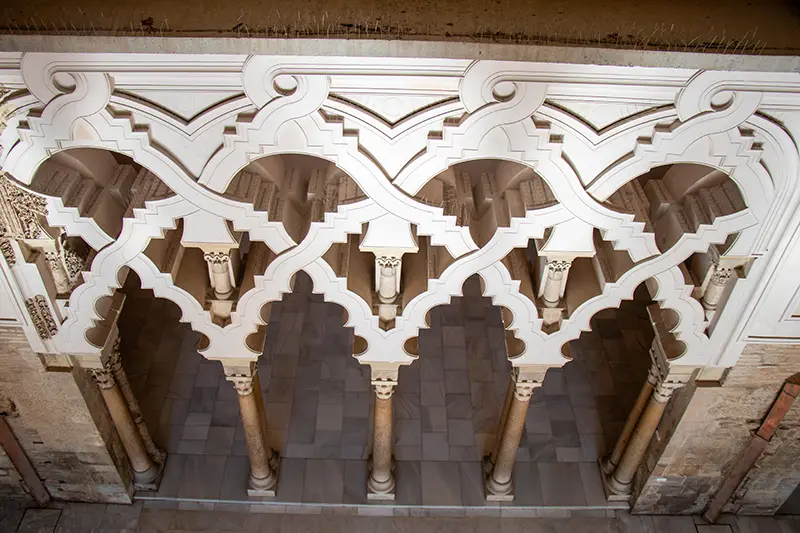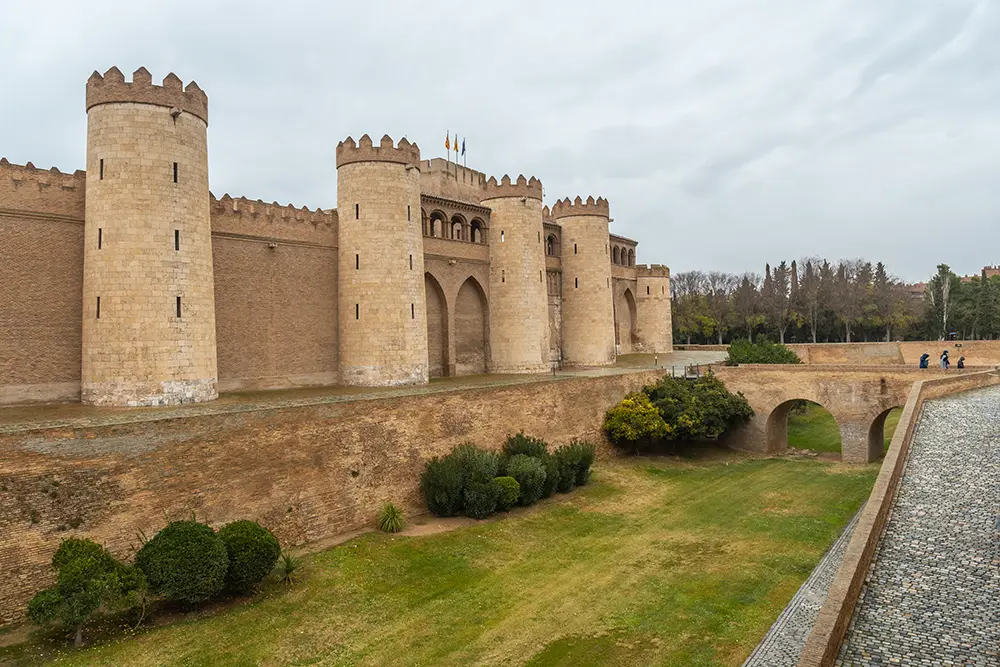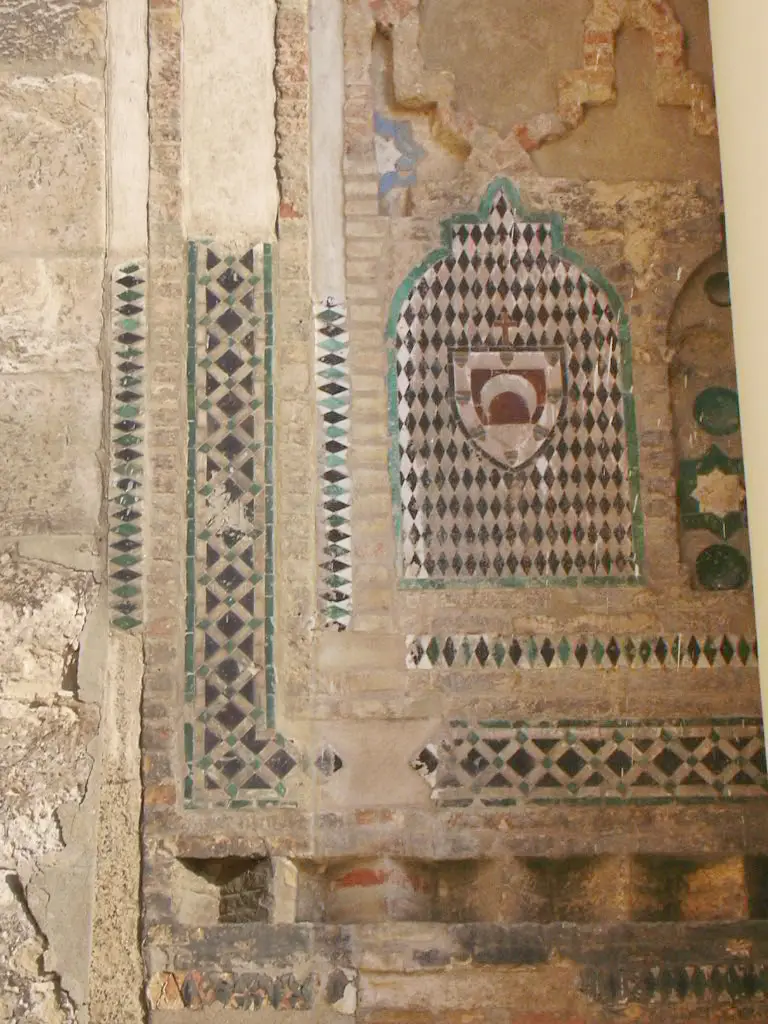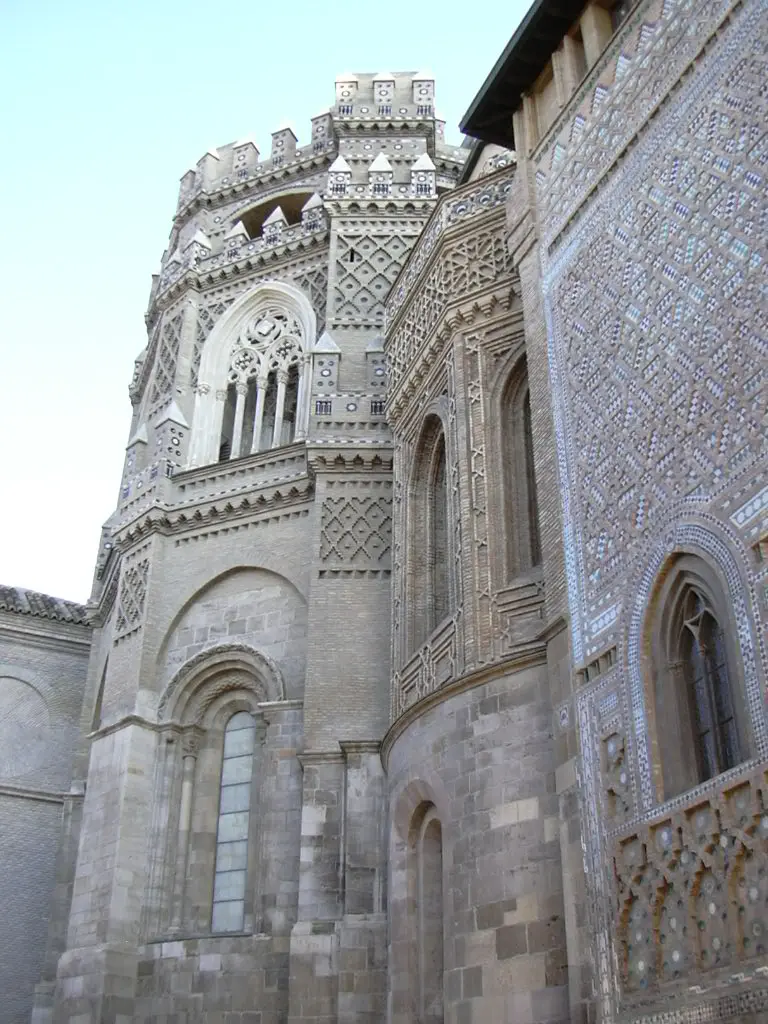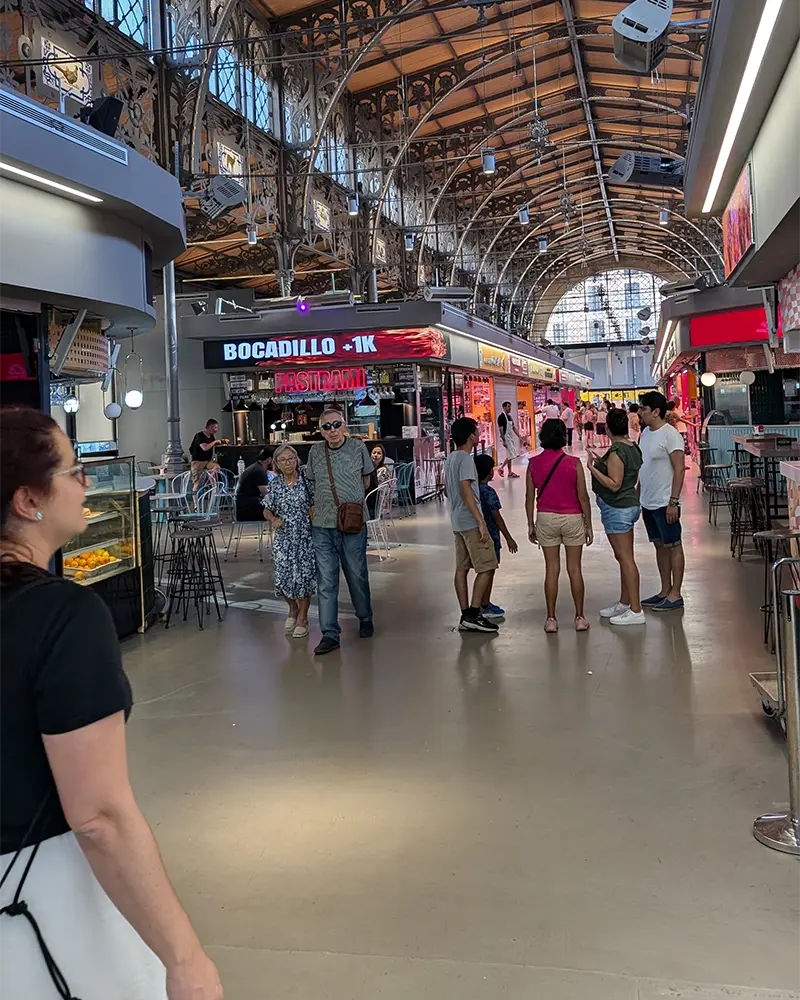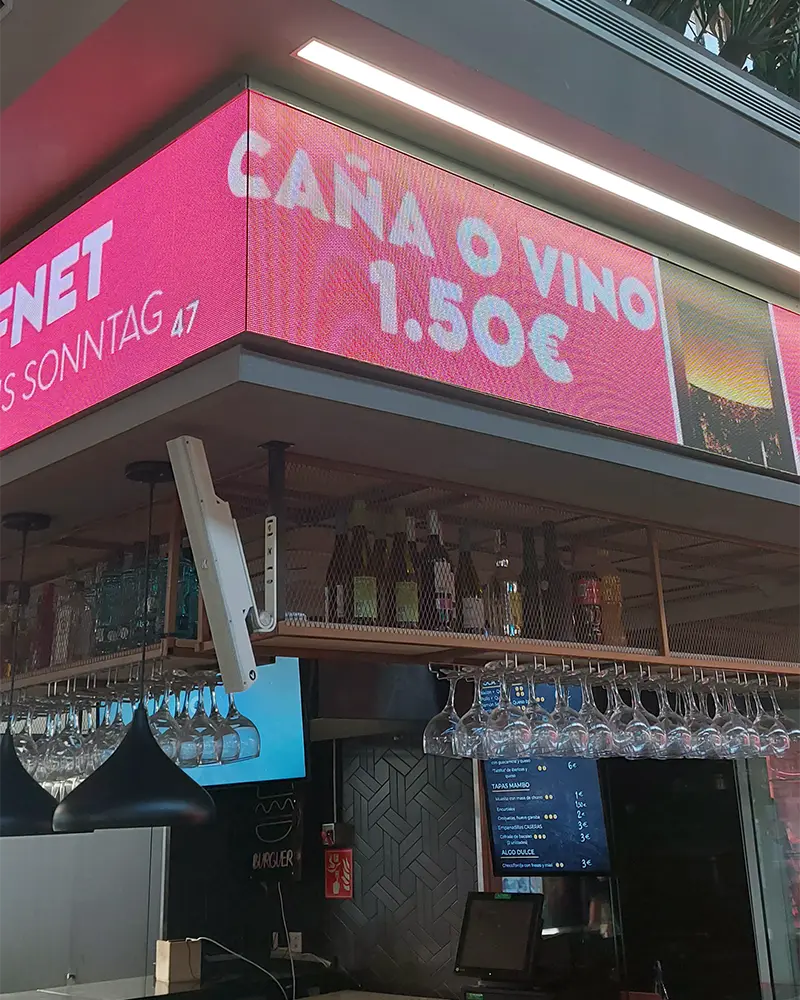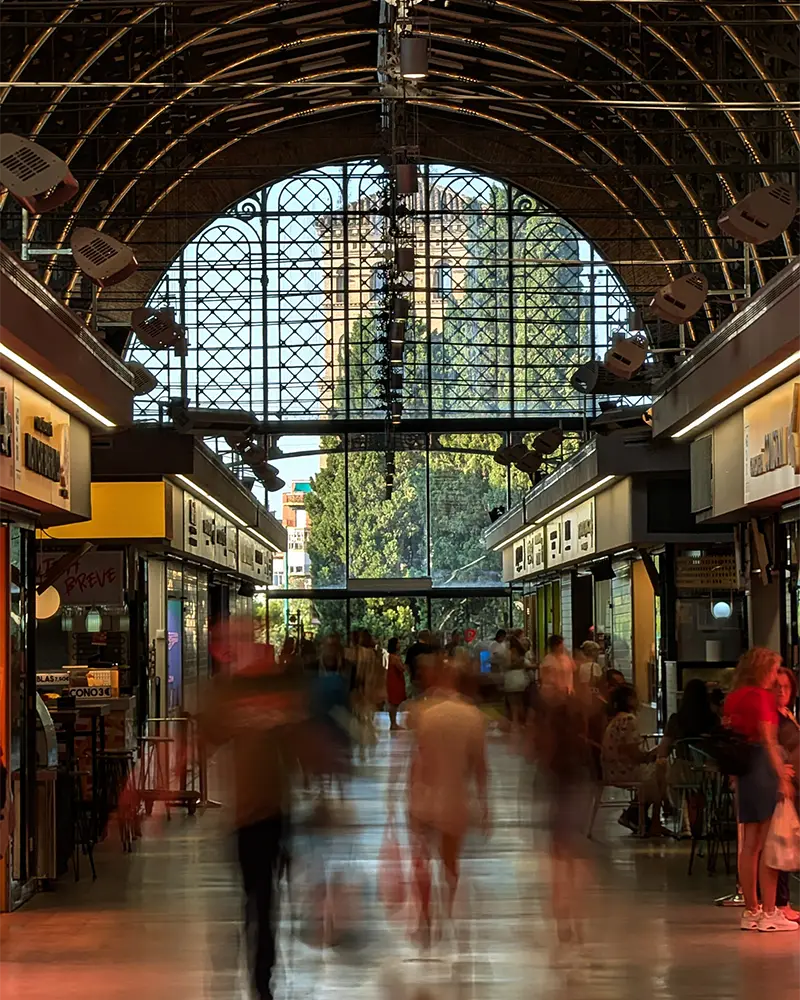Everything You Need to Know to Plan Your Trip
Zaragoza, located between Madrid and Barcelona, is a city rich in history and culture, offering an authentic experience in the heart of Spain. Although not as well-known as other Spanish cities, Zaragoza surprises visitors with its impressive architecture, diverse cuisine, and dynamic atmosphere. For travellers seeking a trip filled with history and genuine cultural experiences, Zaragoza is a destination well worth exploring.
Tourist Attractions in Zaragoza: What to Visit
With roots dating back to the Roman period, Zaragoza offers an immersive journey through history via its emblematic monuments and museums that preserve the legacy of the various cultures that have shaped the city. From Moorish architecture to Gothic art, each site provides a unique perspective on the evolution of Zaragoza over the centuries. Additionally, the city stands out for its vibrant atmosphere and the spaces where everyday life seamlessly blends with history.

Basilica of Our Lady of the Pillar (Basílica de Nossa Senhora do Pilar)
The Basilica of Our Lady of the Pillar is one of Zaragoza’s most important religious and cultural landmarks. Best of all: entry is free! This Baroque church, located on the banks of the Ebro River, is famous for its towers and domes decorated with colourful tiles, which (to me) resemble the Brazilian flag. Additionally, the Basilica houses artworks, including frescoes by Goya.
For an extra €5, you can go up the tower, which is great—not only for the stunning city views but also for seeing the colourful domes up close. An interesting detail: outside the Basilica, you can spot bullet holes from the Spanish Civil War!
Aljafería Palace (Palácio da Aljafería)
The Aljafería Palace is a remarkable example of Islamic architecture on the Iberian Peninsula. Originally built as a Muslim palace, it was later converted into a Christian fortress and eventually became the seat of the Aragonese Parliament.
Relatively undiscovered, entry costs €5, and the palace is about a 30-minute walk from Plaza del Pilar. It also houses the regional government of Aragón. During the visit, you’ll explore several rooms, some of which vaguely resemble the Alhambra—though on a much smaller scale.
Free entry days: The first Sunday and first Monday of the month, in the afternoon.
La Seo
A very beautiful and impressive cathedral. It’s not as large as the Basilica of Pilar, but it’s definitely worth a visit. Unfortunately, photography is not allowed inside.
Entry costs €7, but you can purchase a combined ticket with access to the Basilica of Pilar’s tower for €10.
Zaragoza Central Market (Mercado Central de Zaragoza)
The Zaragoza Central Market, located in the historic centre, is one of the best places to experience local daily life. Opened in 1903, it is a fine example of modernist architecture, featuring an iron and glass structure.
Here, you’ll find a wide variety of fresh produce, and it’s also a lively spot where locals gather, offering visitors an authentic taste of life in Zaragoza.
Food & Drink: El Tubo
El Tubo is a network of narrow streets in the historic centre, packed with bars and restaurants offering a wide selection of tapas. Wandering through these streets, sampling different dishes at each bar, is a true reflection of Spain’s tapeo culture.
Each bar has its own speciality, allowing you to try a variety of flavours as you explore the area. It’s a lively spot, especially in the most popular bars, but an absolute must-visit in Zaragoza for those looking to dive into the local cuisine and enjoy the vibrant atmosphere.
Beyond the food, El Tubo is also known for its history and architecture. Many bar and restaurant façades preserve Zaragoza’s traditional style, with details that reflect the city’s past. As you stroll through these streets, you’ll find both locals and tourists soaking up the lively atmosphere—especially at night, when the area truly comes to life. For those seeking an authentic experience, some of the recipes served in El Tubo have been passed down for generations, keeping the region’s culinary traditions alive. It’s not just a place to eat and drink but also to feel the historical and cultural heartbeat of Zaragoza.
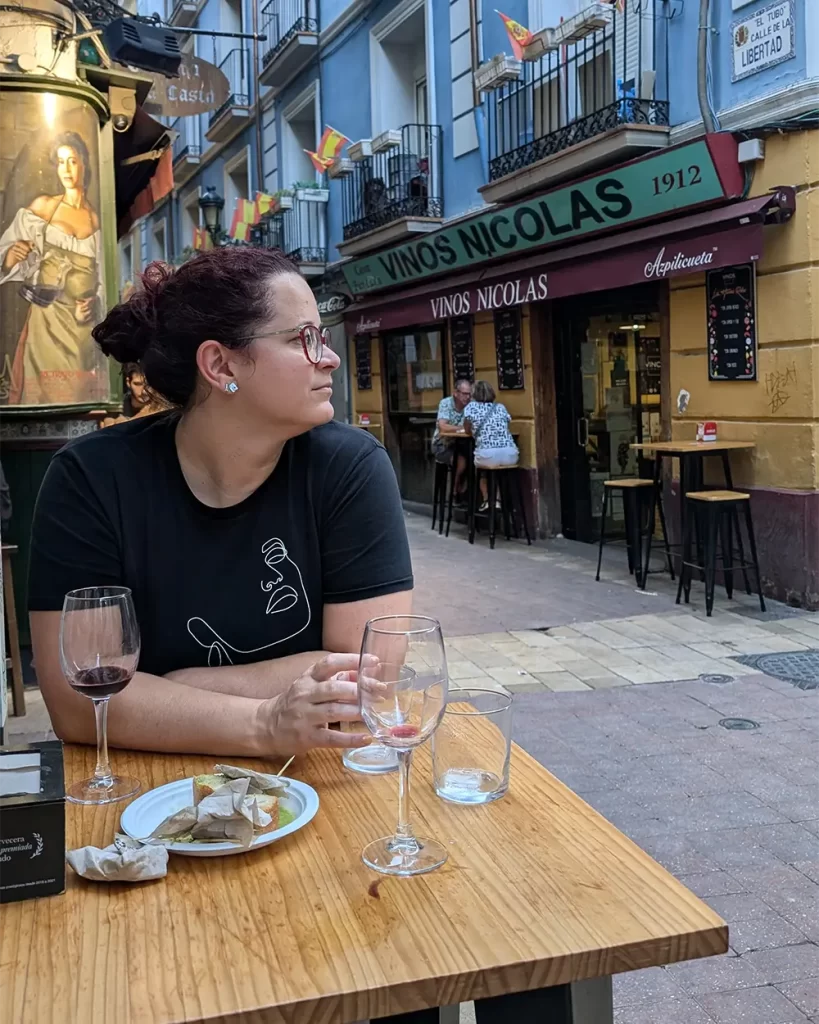
Some of Our Favourite Places
El Champi
The speciality here is the mushroom skewer, served with prawns and an incredible sauce.
The sauce is a closely guarded house secret, but I can already tell you one ingredient that’s definitely in it: GARLIC! I love it!
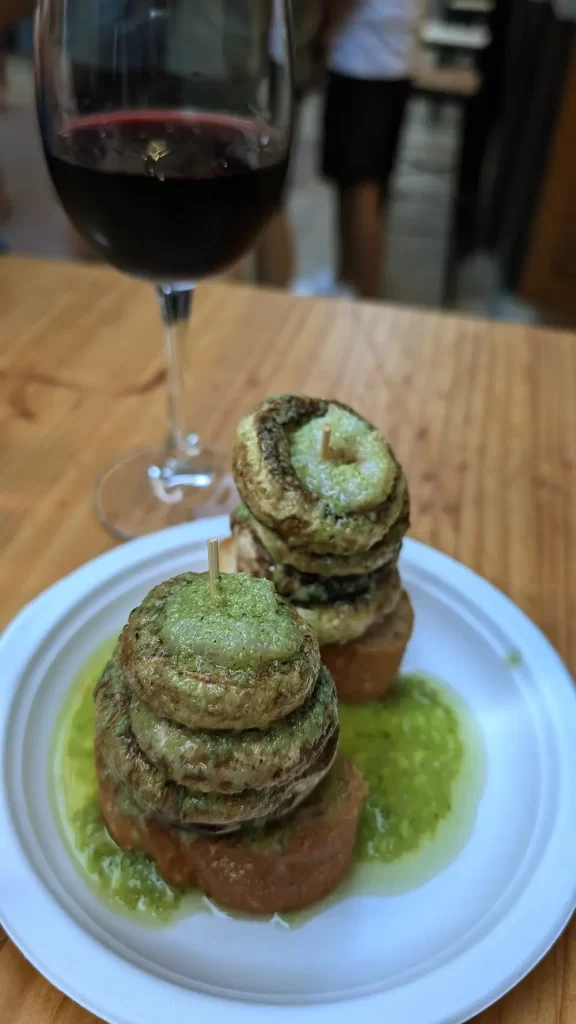
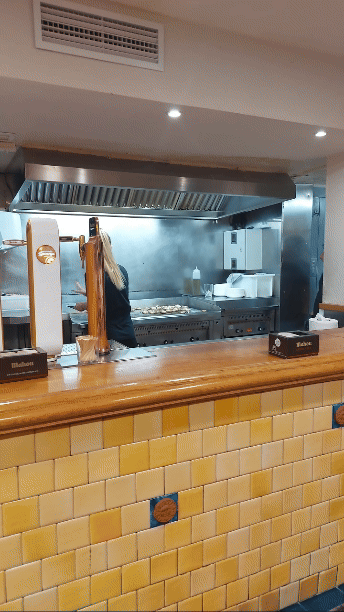
Lamaribel Escabechado
Everything is pickled! We tried the pickled lamb ribs, and they were absolutely delicious.
Contrary to what you might think, they don’t have an overpowering vinegar taste! The meat was super tender, and the sauce was amazing!
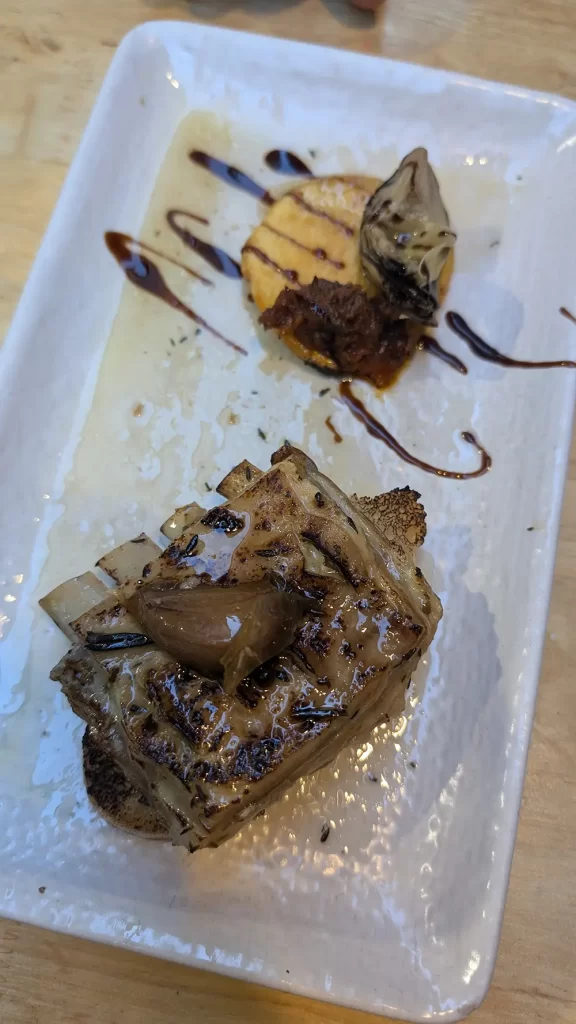
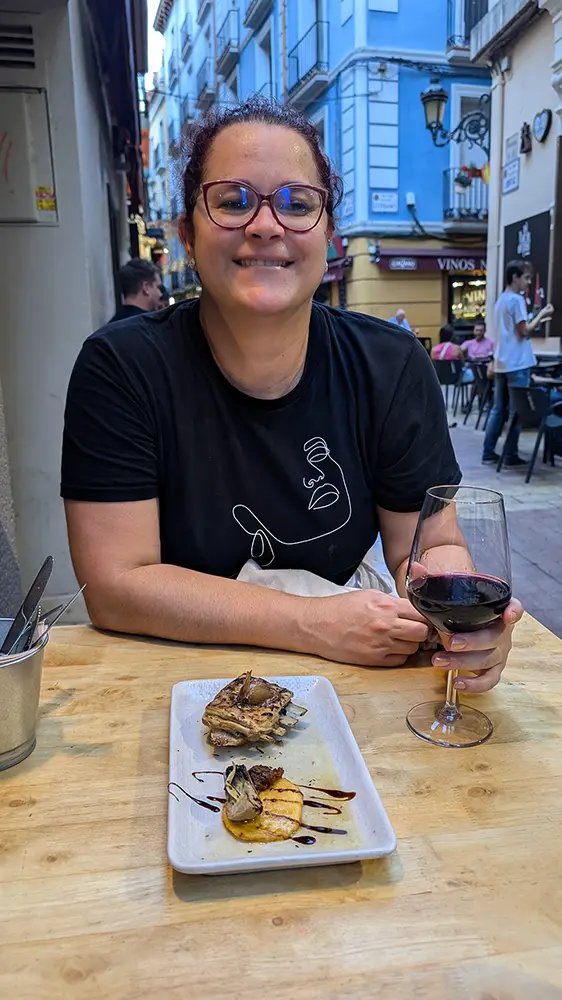
La casa de Uli
Everything we’ve ever ordered here has been fantastic! We’ve tried gazpacho, a cheese board, croquettes—everything was incredible!
I’d say that, for us, the true speciality of this place is the people. We always come back!

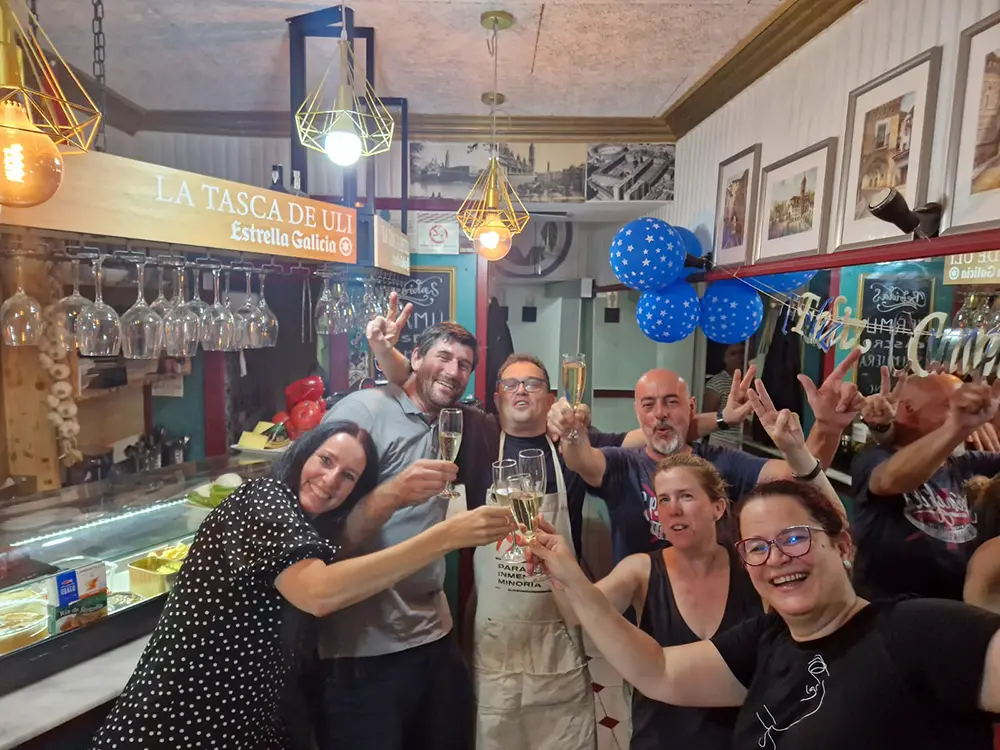
Bonus: Outside El Tubo
El Tubo is fantastic, but Zaragoza has excellent options beyond it as well. During our stay, we discovered a restaurant we really enjoyed and want to recommend. The city has much more to offer beyond its famous tapas district, and it’s well worth exploring other areas too.
Los Victorinos
Victorinos is a small bar in Zaragoza known for its great food—so much so that it comes highly recommended on TripAdvisor and is ranked as one of the best tapas bars in the city. It’s a taurino bar, meaning its décor and atmosphere are inspired by bullfighting culture, a long-standing tradition in Spain.
The tapas here are delicious, made with quality ingredients and a traditional touch that makes all the difference. It’s a simple place but delivers an authentic and flavourful experience.
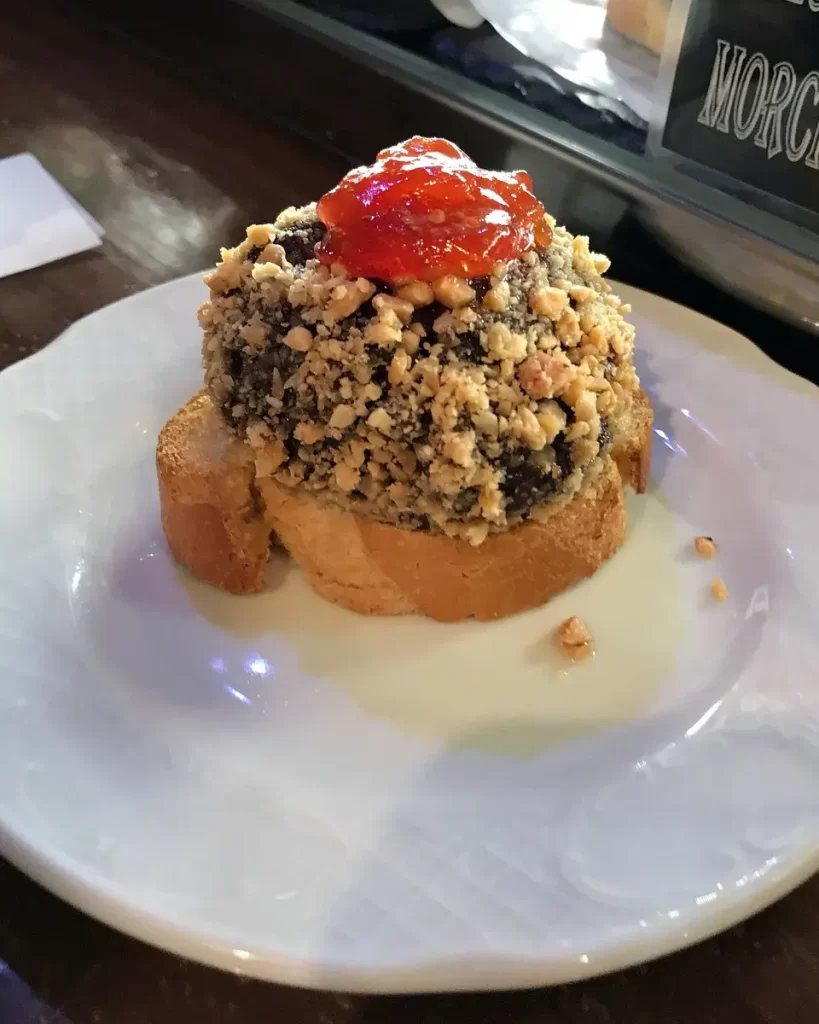
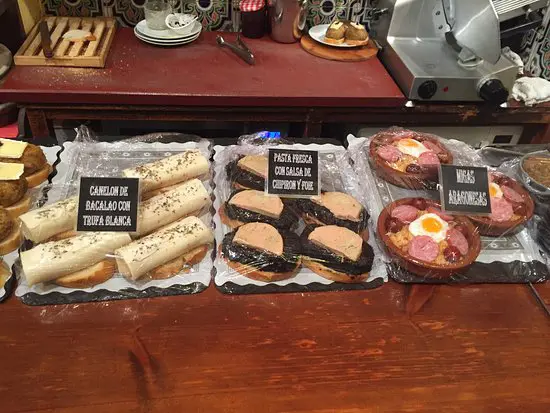
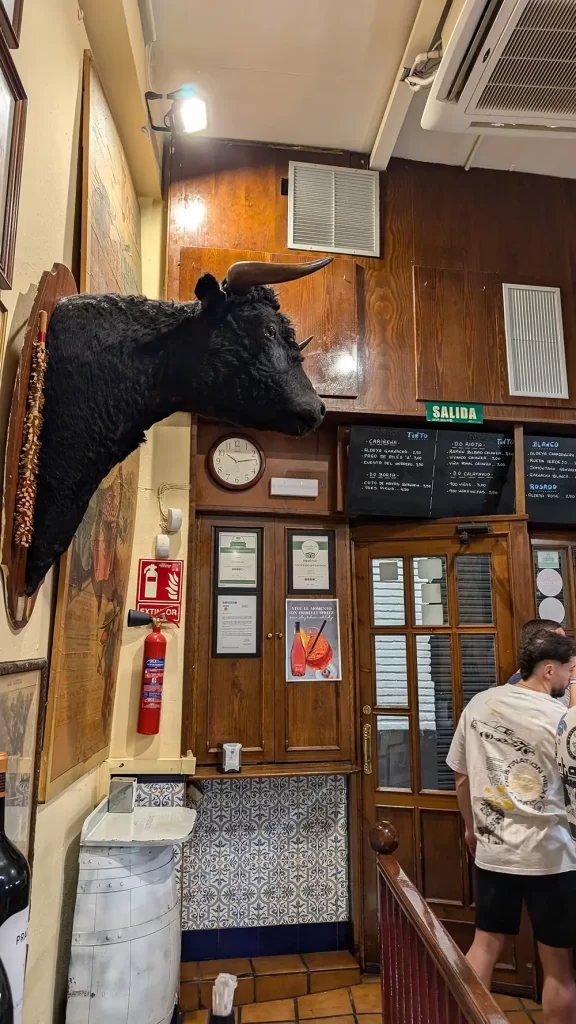
When to Visit Zaragoza?
Zaragoza can be visited year-round, but some seasons are particularly recommended depending on what you’re looking for in your trip:
Weather in ZARAGOZASpring (March to May)
This is one of the best times to visit Zaragoza, with mild temperatures, blooming parks and gardens, and fewer tourists than in summer. It’s a great season to explore the city on foot and enjoy the cultural events that start to emerge.
Summer (June to August)
Summer in Zaragoza can be quite hot, with temperatures often exceeding 30°C. However, it’s a great time for those who enjoy long hours of sunshine. Keep in mind that some places may be closed for holidays, especially in August.
Autumn (September to November)
Autumn is also a fantastic time to visit, with pleasant temperatures and a more relaxed atmosphere. In October, the famous Fiestas del Pilar takes place—one of the city’s biggest celebrations, attracting many visitors and offering a rich and vibrant cultural experience.
Winter (December to February)
Winters in Zaragoza are cold but rarely extreme. It’s a quieter season with fewer tourists, making it ideal for those who prefer to explore without crowds. The Christmas period also adds a special charm to the city, with festive lights and traditional markets.
1-Day Itinerary in Zaragoza
If you only have one day to explore Zaragoza, this optimised itinerary will help you make the most of it. From visiting key landmarks like the Basilica of Our Lady of the Pillar and Aljafería Palace to indulging in the city’s famous tapas in El Tubo, this guide covers everything you need for a complete and unforgettable experience.
Morning
Breakfast at a Local Café
Start your day with breakfast at one of the cafés near Plaza del Pilar. Try a “tostada con tomate” or “churros con chocolate” to fuel up for the day ahead.
Plaza del Pilar & Basilica
After breakfast, explore Plaza del Pilar, the heart of Zaragoza. Visit the Basilica of Our Lady of the Pillar, admire Goya’s frescoes, and, if you’d like, go up the tower for a panoramic view of the city and its colourful domes.
Visit to La Seo Cathedral
Next, walk over to La Seo Cathedral, located in the same square. Discover its stunning Gothic architecture and visit the impressive Tapestry Museum inside. La Seo offers a historical and artistic perspective that complements the Basilica experience.
Afternoon
Lunch in El Tubo
Head to El Tubo, Zaragoza’s famous tapas district, for lunch. Start at El Champi, known for its grilled mushroom skewers, then hop between other bars to sample different local specialities.
Zaragoza Central Market
After lunch, visit the Zaragoza Central Market, located near El Tubo. It’s a great place to explore local products, pick up souvenirs, or simply enjoy the lively atmosphere.
Aljafería Palace (16:30 – 19:30)
In the late afternoon, visit the Aljafería Palace, a stunning example of Islamic architecture later transformed into a Christian fortress. Take your time to explore its ornate halls and gardens, immersing yourself in Zaragoza’s rich history.
Evening
Tapas & Wine at Victorinos
If you’re still up for more, end the evening at Victorinos, a bar known for its authentic tapas, like the famous morcilla with a walnut crust. The bullfighting-themed décor adds to the cultural experience, and the food is simple but exceptional.
Drinks in El Tubo
If you still have energy, return to El Tubo to enjoy the vibrant nightlife. The streets get even livelier at night, with bustling bars and a fantastic atmosphere that captures the spirit of Zaragoza.
Night Stroll Through the City
If it’s not too late, take a leisurely nighttime walk around Plaza del Pilar, enjoying the illuminated Basilica and the reflection of the lights on the square’s surroundings.
Zaragoza is a city that surprises in every way. From its historic landmarks like the Basilica of Our Lady of the Pillar and Aljafería Palace to the vibrant food scene in El Tubo, every part of the city tells a rich and fascinating story. Additionally, exploring places like the Central Market offers an authentic glimpse into daily life in Zaragoza, making the visit even more special.
Whether you have just one day or more time to explore, Zaragoza offers a unique blend of history, culture, and flavours that truly capture the essence of Spain. By the end of your visit, it’s hard not to fall in love with this hidden gem—a city that may be lesser-known but has so much to offer. Zaragoza is not just a place to visit—it’s an experience to be lived.


